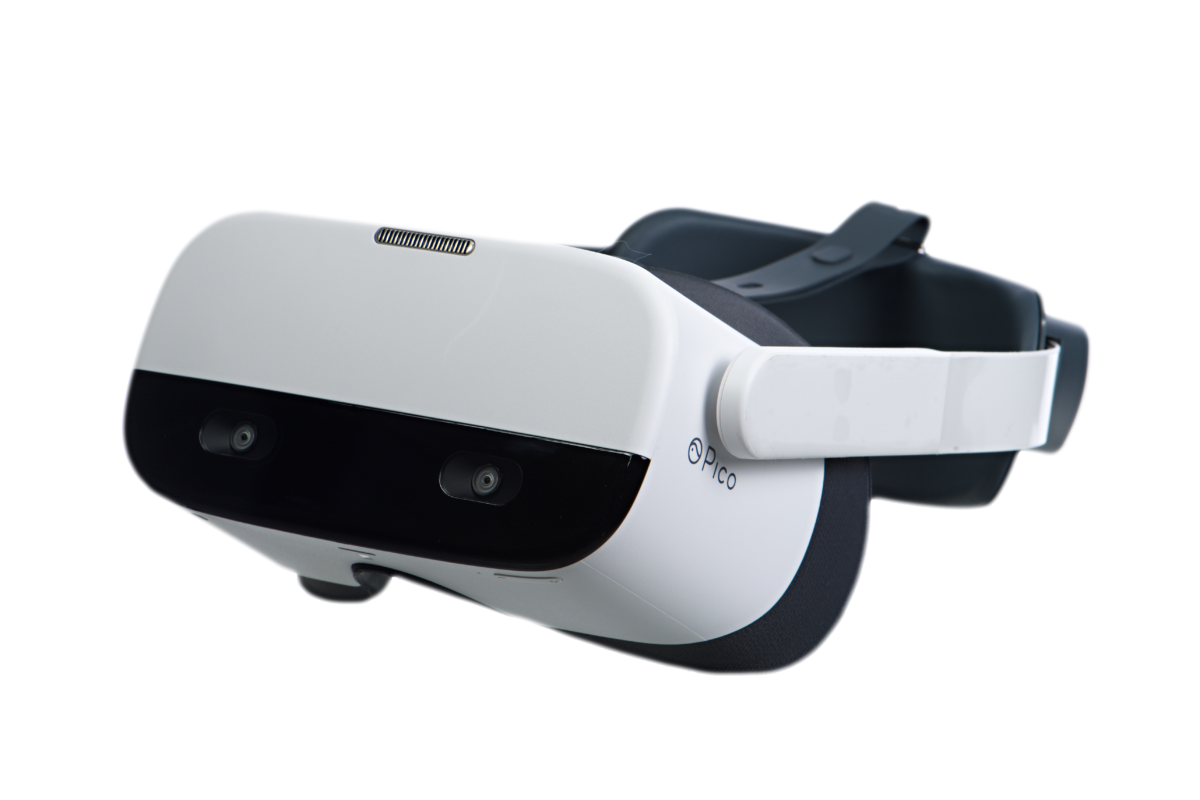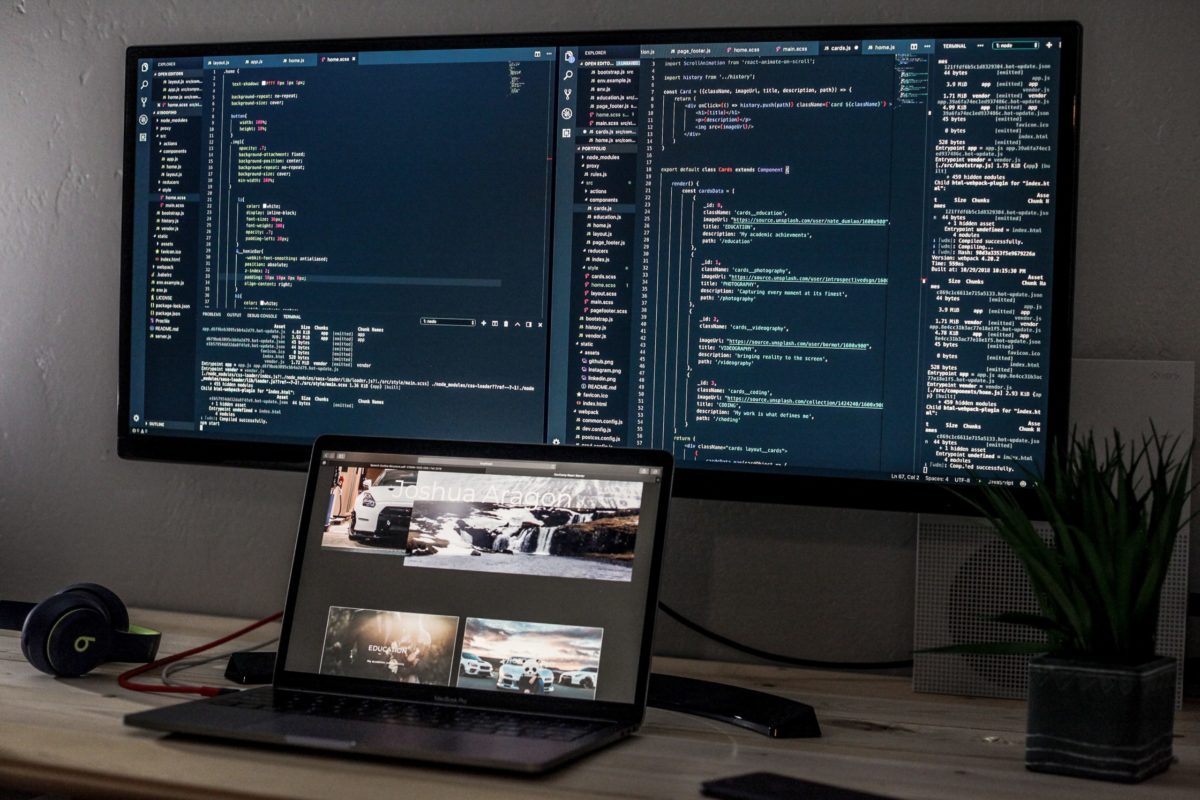Right now, the emerging field of XR technology holds as much potential as the start of the Internet did 30 years ago. These days, XR technology can revolutionize the way an industry shares ideas, trains employees, and conducts business. Keep reading to learn more in our XR guide for IT resellers.
Currently, XR technology has found its niche in training and onboarding new employees across various industries, often cutting costs and reducing the likelihood of injury during training.
Some industries, such as manufacturing and healthcare, are using XR technology to produce better products and to improve healthcare.
But training and product design is only the tip of the iceberg for this new technology.
Each year, XR technology becomes more accessible with new VR headsets, computers, and smartphones on the market.
This makes it quite lucrative to learn how to implement XR solutions in your industry or maybe even become an XR reseller.
What is XR Technology and How is it Different from Other Platforms?
Extended Reality (XR), is an emerging field that encompasses all forms of Virtual Reality (VR), Augmented Reality (AR), and Mixed Reality (MR).
XR is a catchall phrase that can include any combination of VR, AR, and MR devices and software content.
Because of the increasing overlap between virtually simulated or enhanced environments that either use headsets or smart glasses, it can be hard to know where VR ends and MR begins.
Here are a few examples of the different kinds of XR and how they are different from each other:
Virtual Reality (VR)
In VR, the user steps into a fully immersive 3D environment, wearing a headset that shows them a completely fabricated environment.
Augmented Reality (AR)
In AR, users are viewing their physical worlds through a smartphone or smart glasses that can overlay graphics to enhance their real world.
Mixed Reality (MR)
Mixed Reality (MR) is a blend between VR and AR, with the user seeing their real-world, but also interacting with virtual elements that interact with their real world.
What Equipment is Required to Implement XR in Large Organizations?
To begin implementing XR training solutions, your organization is going to need XR devices and software.
There are various XR devices in the market today. Currently, the most popular VR headset devices are the Oculus Quest 2, HTC Vive, HTC Focus 3, and Pico Neo 3.
However, XR technology isn’t limited to just VR headsets.
Today’s smartphones feature high-resolution cameras that make AR apps a reality. Popular apps such as Pokemon Go or Google Lens allow users to use their smartphones to play games in their real physical space, or to identify objects around them in real-time.
Other companies, such as Microsoft, have developed HoloLens, smart glasses that can overlay graphics and information in live time to help its users complete tasks more efficiently or safely.
For example, surgeons use HoloLens to spot arteries during heart operations, and warehouse workers use smart glasses to find products on shelves quicker.
Regardless of what XR devices you choose, you will need access to a Content Management System (CMS) that can organize all the training modules and XR content your organization uses.
Before CMS, IT professionals and administrative workers had to manually download new training software and grant permission to each employee individually, often spending all day setting up software for their employees to use.
Now, with PIXO Apex, your company can manage all of its XR content globally, with just one cloud-based platform.
Organizations Implementing XR Technology Now
XR technology, often in the form of VR training, was implemented early on by industries that require safety compliance and emergency training.
Industries such as construction, manufacturing, utility and energy, fire responders, and the military often place their employees in potentially dangerous situations.
To reduce the possibility of injury during training, these industries rely on training modules that can bring employees into a virtual environment that can mimic real-life scenarios.
Because developing new training modules can be time and money-intensive, HR and IT professionals often leverage on “off-the-shelf” training modules.
These ready-made training modules are included in a Content Collection library filled with popular and in-demand training certification programs.
Use Cases of Off-the-Shelf XR in Various Tech Spaces
XR environments allow employees to train safely in an environment without the real-life consequences of risk of injury or destruction of property.
For example, hundreds of workers die every year in fall-related accidents. Because of this, manufacturing companies train their employees in VR with PIXO’s Fall Protection safety module. This module keeps trainees engaged by randomly selecting new scenarios and environments to navigate in.
Utility workers often place themselves in potentially dangerous situations, near live electrical wires and confined spaces. Because of this, PIXO has developed the Confined Spaces module that helps workers stay alert and put on their proper Personal Protective Equipment (PPE).
PIXO’s Electrical Safety module lets trainees safely service and maintain electrical panels at an electrical substation, without the fear of electrocution.
Why Use XR Training Over Traditional Methods and Project Demoing?
When it comes to traditional training methods, you’ll need to rent out a physical space, hire a trainer, and figure out the logistics of training hundreds or thousands of employees over the course of the year.
With off-the-shelf XR content, your company has more flexibility and options to train its large fleet.
For example, since the pandemic, we’ve seen multiple organizations adapt towards employing a larger remote workforce. XR technology solutions can help bring together multiple remote workers into the same space, which promotes teamwork and connectedness between employees. It can also help teams present new ideas and work on products together in the same virtual space when travel and gathering restrictions make it harder to conduct business together.
When it comes to demoing new products, XR is also changing the way products and buildings are being constructed before committing to a final design and budget.
The architecture, real estate, manufacturing, and construction industries excel at demoing products, giving regular folks, product designers, and compliance engineers the ability to “step inside” buildings or test out new products before they’re been built.
How to Advocate XR Technology for Your Organization
XR technology isn’t limited solely to training new employees or developing new product designs. It’s waiting for innovators, developers, brilliant entrepreneurs, and IT workers to harness the power that XR technology can bring to enterprises.
Now’s the time to enter this exciting space of XR, whether it’s through licensing existing XR content, becoming an XR reseller, or developing new XR content to license out to other companies.
Entering the world of XR is made easy through PIXO’s new flagship product, Apex™. Apex is an XR content management system that lets users manage XR content globally with one cloud-based solution.
IT professionals now can easily access, distribute, and manage XR content easily for their entire enterprise.
And with our new Pixo Apex Hub App, users can download all the best-selling XR hardware directly to their tech wearables. No sideloading or hassles, just better XR experiences.
Start Implementing XR Solutions for Your Industry Today
Are you an IT professional looking to implement XR solutions for your industry?
Reach out to a PIXO expert to learn more about how you can leverage PIXO Apex. Whether you have content or need content made, or prefer to use off-the-shelf modules in our current Content Collection, PIXO gives you unprecedented power to deploy, use, and manage XR applications across your entire organization. All with a single, easy-to-use, cloud-based platform that scales according to need.
Now that you’re familiar with this XR guide for IT resellers, the possibilities are endless.

PIXO Has Improved VR Management to One Easy Step

